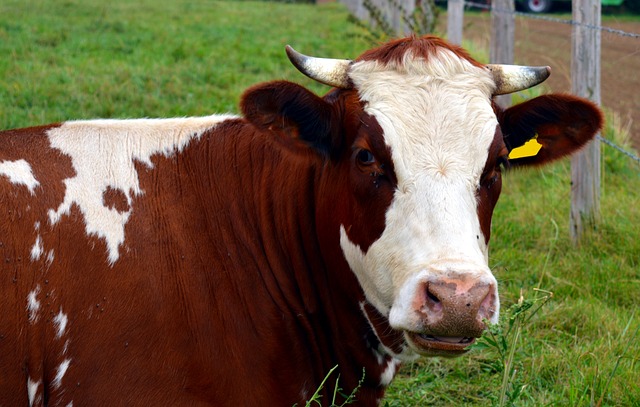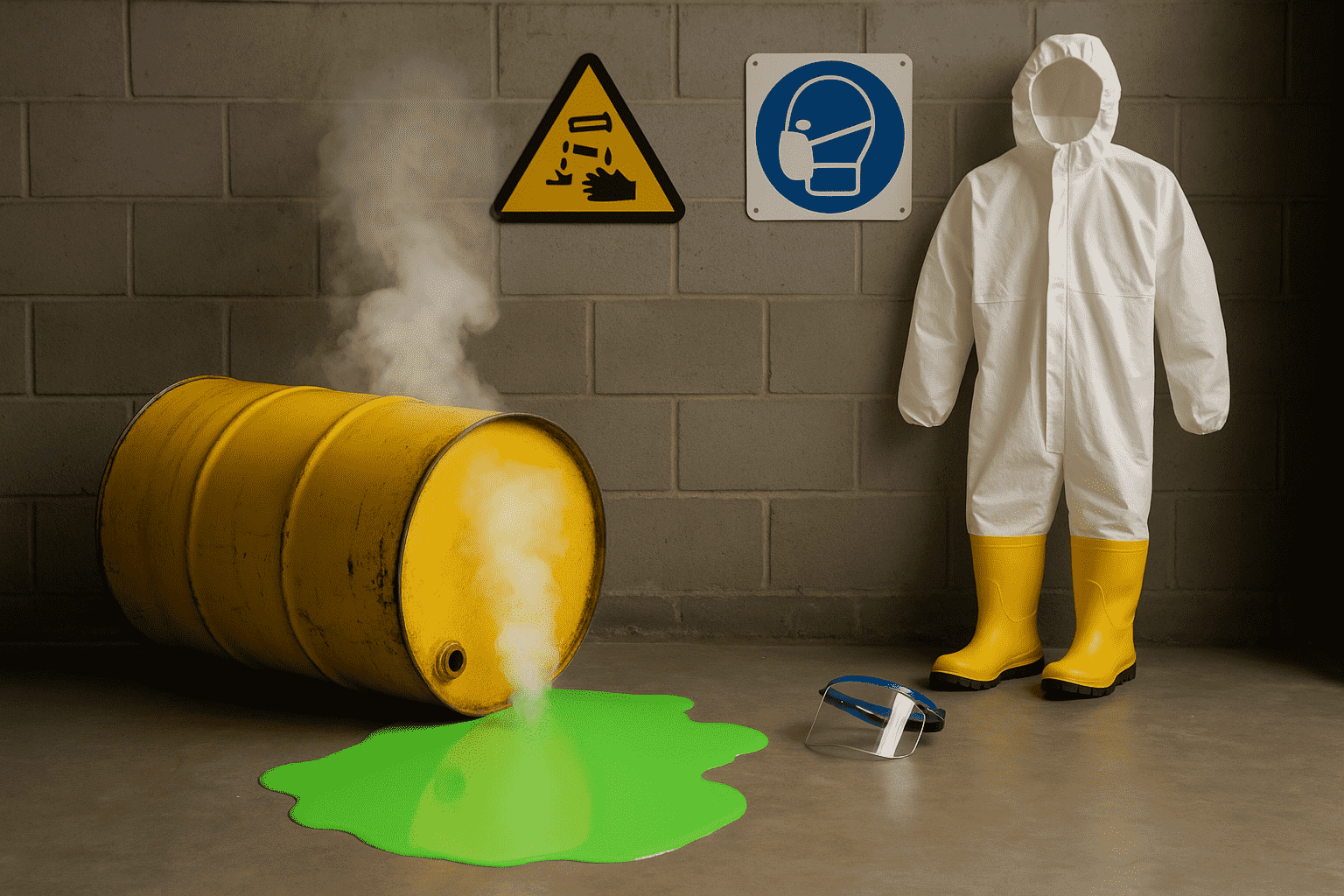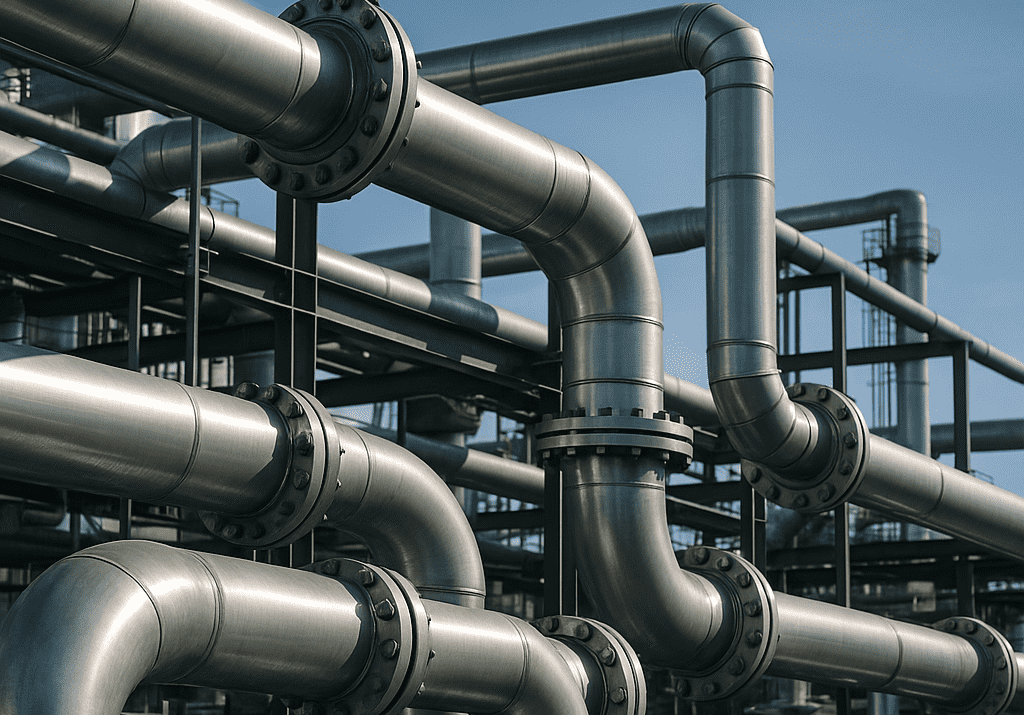Wastewater Treatment in Dairy Industry

Dairy industry produces a wide range of products using raw milk such as whole milk, skim milk, butter, cream, whey, ice cream, milk powder, yogurt etc. A dairy processing plant consumes a large amount of water for cleaning and washing the floors, bottles, CIP etc. Hence, the volume, concentration, and composition of the effluents in a dairy plant are dependent on the type of product being processed, the production program, operating methods and, design of the processing plant.
Dairy effluents contain high organic content, low nutrient value, relatively higher temperatures, wide pH range, and high levels of disinfectants.
The three major wastewater categories are:
1. Processing water
Processing water include water used in the cooling and heating processes. These effluents are normally free of pollutants and can be reused with minimum treatment or discharged into the storm water system generally used for rain runoff water.
2. Cleaning wastewater
Cleaning wastewater is mainly generated from the cleaning of equipment that has been in contact with milk or milk products, spillage of milk and milk products, whey, pressings and brines, CIP cleaning options, and waters resulting from equipment malfunctions and even operational errors. This wastewater stream may contain anything from milk, cheese, whey, cream, separator and clarifier dairy water, to dilute yogurt, starter culture, and dilute fruit and stabilizing compounds.
3. Sanitary wastewater
Sanitary wastewater, which is normally piped directly to a sewage works. It is important to note that dairy processing plant produces wastewater in an intermittent way; thus, the flow and characteristics of effluents could differ depending on the kind of products produced and the methods of operation. Hence, the choice of the wastewater treatment should be made considering the varying organic loads.
Dairy Wastewater Treatment Options
While selecting the wastewater treatment method parameters such as pH, COD, BOD and TSS should be considered. The three treatment methods covered in this article are:
Biological Treatment
The nature of wastewater in terms of pH and suspended particles along with highly biodegradable characteristic can be effectively treated with biological wastewater treatment systems. A typical biological treatment plant consists:
1. Physical Screening:
The first step to treat wastewater is to remove large particles or debris from wastewater by deploying
mechanical screens. It ensures zero damage to pumps and downstream clogging. The screens can be cleaned manually or mechanically to collect the debris for safe disposal at a landfill site.
2. PH Control:
Wide pH range pose a problem to the treatment of wastewater therefore pH adjustment is an essential step as part of pre-treatment.
3. Flow & Composition Balancing:
The generated wastewater varies largely with respect to volume, temperature, pH and, nutrient levels. An equalization tank helps in pH adjustment and balancing the flow thereby stabilizing effluent.
4. Fats, Oil, Grease Removal (FOG):
FOG in wastewater can cause problems in biological wastewater treatment, hence FOG treatment unit should be deployed either before or after the balancing tank.
5. Aerobic and Anaerobic process:
Anaerobic treatment followed by aerobic treatment is employed for the reduction of soluble organic matter (BOD) and biological nutrient removal (BNR) is employed for the reduction of nitrogen and phosphorus. Aerobic biological treatment involves microbial degradation and oxidation using
wastewater aerator. Conventional treatment of dairy wastewater by aerobic processes includes processes such as activated sludge, trickling filters, aerated lagoons, or a combination of these.
The biological treatment efficiency can be improved with use of industrial skimmer like floating oil skimmer before or after equalization process and sludge skimmer.
Chemical Precipitation and Coagulation/Flocculation Processes
In this method chemical precipitation, coagulation and flocculation takes place simultaneously. Chemical precipitation involves dosing of chemicals to separate dissolved and suspended solids by sedimentation in the primary settling tank. Alum, ferric sulphate, ferrous sulphate is some of the common substances used to treat metallic cations, anions, organic molecules, detergents and oil emulsions.
Coagulation/flocculation is used to separate suspended, colloidal and dissolved particles from wastewater. It aims to grow the colloidal particles by destabilization of suspended particles followed by formation of flocs by adsorption and aggregation. The formed flocs are later decanted and filtered.
Electrochemical Process
Electrical charge is used to degrade organic and inorganic substance. Oxidation and reduction reactions occur in electrolytic cell which contains anode and cathode. When current is passed negative ions migrate to anode and positive ions migrate to cathode where cations are reduced and anions get oxidized. Some of the electrochemical treatments used for dairy wastewater are electrocoagulation, electroflotation and anodic oxidation process.
Through analysis and evaluation of effluent is essential for designing an efficient and effective dairy wastewater treatment plant. Considering the large volumes of water requirement and subsequent generation of wastewater, the wastewater treatment plant must consider recovery of water for reuse while abiding to the discharge norms.
Frequently Asked Questions(FAQs)
Q1. Why should companies consider using an oil skimmer?
A. Companies should consider using an oil skimmer to efficiently remove and recover oil and grease from liquids, leading to cost savings, improved environmental compliance, and cleaner, more efficient processes.
Q2. How can a floating oil skimmer help protect the environment?
A. A floating oil skimmer can help protect the environment by efficiently removing oil and hydrocarbon pollutants from water surfaces, preventing contamination and minimizing the ecological impact of spills.
Q3. What are the main purposes of using sluice gates?
A. The main purposes of using sluice gates are to control the flow of water, manage water levels in rivers, canals, and reservoirs, and to prevent flooding during heavy rainfall or high water levels.





